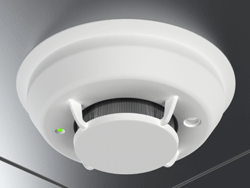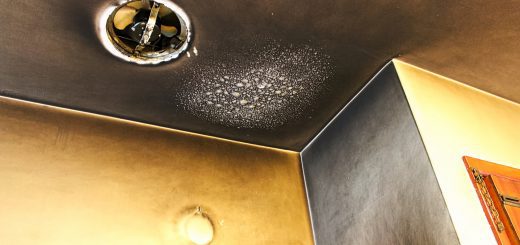What Causes Soot Buildup in the Heat Exchanger and Vent
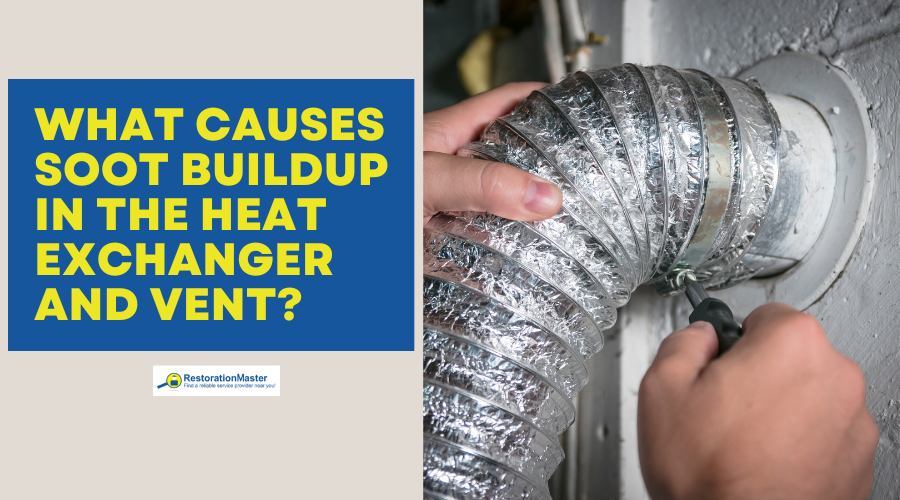
When it comes to keeping your heating system in top condition, regular maintenanceMaintenance is the routine care, inspection, and repair of a... More is essential. Your heat exchanger and vent need special attention to prevent sootSoot is fine black particles composed of carbon and other ma... More buildup from becoming a problem. SootSoot is fine black particles composed of carbon and other ma... More can accumulate on either the heat exchanger or the vent inside the furnace, decreasing efficiency and eventually causing equipment failure.
But what causes this accumulation of material? In this blog post, we’ll explore the possible causes of sootSoot is fine black particles composed of carbon and other ma... More buildup in both components, as well as how you can stop them from occurring and maintain a perfectly functioning heating system for years to come.
What is Soot Buildup?
SootSoot is fine black particles composed of carbon and other ma... More is a black, powdery residueResidue is any leftover material, such as soot, dust, or che... More that consists of carbon particles and other impurities. It is produced when fuels such as oil, gas, or wood are burned at insufficient oxygenOxygen is a chemical element essential for combustion and li... More levels, or when incomplete combustion occurs. These small particles easily spread throughout the home and attach to surfaces, making them difficult to remove, especially after fire damage.
What are the Main Causes of Soot Buildup in Exchangers and Vents?
A heat exchanger is responsible for transferring heat from a fuel source to the air or water that circulates through a heating system. SootSoot is fine black particles composed of carbon and other ma... More buildup in a heat exchanger or vent can reduce the efficiency of the system, increase energy costs, and even cause a carbon monoxide leak. Here are some common causes of sootSoot is fine black particles composed of carbon and other ma... More buildup in heat exchangers and vents:
1. Incomplete Combustion
Incomplete combustion is one of the main causes of sootSoot is fine black particles composed of carbon and other ma... More buildup. When fuel is burned, it produces a mixture of gases, including carbon dioxide (CO2), water vaporVapor is the gaseous form of a substance that is typically l... More, and carbon monoxide (CO). Incomplete combustion occurs when there is not enough oxygenOxygen is a chemical element essential for combustion and li... More present to fully burn the fuel, resulting in the production of sootSoot is fine black particles composed of carbon and other ma... More and other harmful byproducts.
2. Improper Airflow
Proper airflow is essential for complete combustion to occur. If there is not enough airflow in the system, the fuel may not burn efficiently, leading to the production of sootSoot is fine black particles composed of carbon and other ma... More and other byproducts. Similarly, if the airflow is too high, it can cause the fuel to burn too quickly, leading to incomplete combustion and the buildup of soot. Dirty or clogged filters can restrict airflow in the system, leading to incomplete combustion and the buildup of sootSoot is fine black particles composed of carbon and other ma... More. It’s important to regularly replace or clean filters to ensure proper airflow and combustion.
3. Poor Maintenance
Poor maintenanceMaintenance is the routine care, inspection, and repair of a... More can also contribute to the buildup of sootSoot is fine black particles composed of carbon and other ma... More in the heat exchanger or vent. Neglecting regular cleaning and maintenance of the system can leadLead is a heavy metal that can be toxic to humans, especiall... More to a buildup of dirt and debris, which can restrict airflow and leadLead is a heavy metal that can be toxic to humans, especiall... More to incomplete combustion.
4. Low-Quality Fuel
The quality of the fuel used in the heating system can also contribute to sootSoot is fine black particles composed of carbon and other ma... More buildup. Low-quality fuel may contain impurities that can leadLead is a heavy metal that can be toxic to humans, especiall... More to incomplete combustion and the production of sootSoot is fine black particles composed of carbon and other ma... More and other harmful byproducts.
5. Improper Sizing of the System
If the heating system is not properly sized for the space it is intended to heat, it may not be able to burn fuel efficiently, leading to incomplete combustion and the buildup of sootSoot is fine black particles composed of carbon and other ma... More.
6. Age
Over time, the heat exchanger can become worn or damaged, leading to incomplete combustion and sootSoot is fine black particles composed of carbon and other ma... More buildup. It’s important to have your heating system inspected regularly to identify any issues.
What are the Consequences of Soot Buildup?
When sootSoot is fine black particles composed of carbon and other ma... More buildup occurs in a heat exchanger, the particles can clog components and reduce the system’s overall efficiency. The accumulation of sootSoot is fine black particles composed of carbon and other ma... More on the heat exchanger can have a detrimental effect on heat transfer efficiency. SootSoot is fine black particles composed of carbon and other ma... More buildup acts as an insulator, creating a barrier between the heat exchanger’s surface and the surrounding air or water. This, in turn, reduces the heat transfer rate and increases the overall energy consumption to heat the space.
As a result, keeping the heat exchanger clean and free of sootSoot is fine black particles composed of carbon and other ma... More buildup is crucial for optimal system performance. MaintenanceMaintenance is the routine care, inspection, and repair of a... More practices such as regular cleaning and inspections can help prevent excessive sootSoot is fine black particles composed of carbon and other ma... More buildup, ensuring maximum heat transfer efficiency and prolonging the lifespan of the heat exchanger.
Signs of Soot Buildup
SootSoot is fine black particles composed of carbon and other ma... More buildup in heat exchangers and vents can show in several noticeable ways, signaling the need for maintenanceMaintenance is the routine care, inspection, and repair of a... More. A clogged heat exchanger is a common issue that can leadLead is a heavy metal that can be toxic to humans, especiall... More to a range of problems, from reduced heating efficiency to the complete failure of the system. It is important to address these symptoms promptly and seek professional maintenanceMaintenance is the routine care, inspection, and repair of a... More to prevent major damage and costly repairs. Regular inspections and maintenanceMaintenance is the routine care, inspection, and repair of a... More can also help keep your heat exchanger running smoothly and extend its lifespan. Here are some of the signs of sootSoot is fine black particles composed of carbon and other ma... More buildup you should keep a look out for:
- Dark stains around vents or registersRegisters are grilles or vents that cover openings in HVAC s... More
- A burning smell when the system is on
- Uneven heating in your space
- High energy bills
- Unusual noises
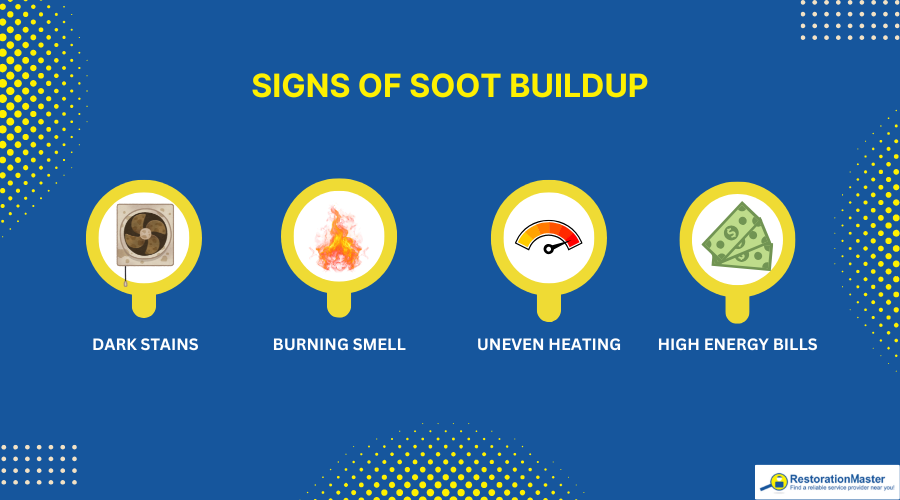
How Do You Clean Soot Out of Heat Exchangers and Vents?
SootSoot is fine black particles composed of carbon and other ma... More in a heat exchanger can cause a reduction in its efficiency, which could leadLead is a heavy metal that can be toxic to humans, especiall... More to a breakdown in the system. Therefore, it is important to know how to perform sootSoot is fine black particles composed of carbon and other ma... More cleaning periodically to keep it out of your heat exchanger. The first step is to shut off the furnace, and then disconnect the power by turning it off at the breaker. Once the furnace is cool, remove the panels around the heat exchanger to access it. Use a vacuum to clean out the loose sootSoot is fine black particles composed of carbon and other ma... More, and then use a soft brush to dislodge any remaining sootSoot is fine black particles composed of carbon and other ma... More. Be gentle while cleaning to avoid damaging the heat exchanger. Re-install the panels and turn the furnace back on.
How Often Should a Heat Exchanger Be Cleaned?
Cleaning your heat exchanger is a vital activity that should be part of your home maintenanceMaintenance is the routine care, inspection, and repair of a... More regimen, however there is no universal answer to the frequency of soot cleaning as it depends on various factors such as the environment in which the system operates, the type of fluid it circulates, and its design. Typically, a heat exchanger should be cleaned at least once a year, though more frequent cleaning may be necessary in harsh conditions. Regular cleaning can prolong the life of a heat exchanger and prevent costly downtime and repairs in the long run.
Preventing Soot Buildup
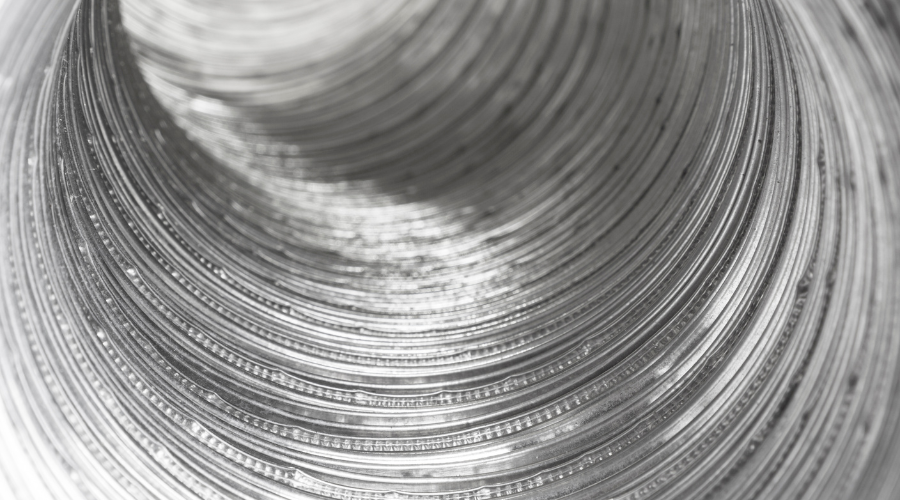
To prevent sootSoot is fine black particles composed of carbon and other ma... More buildup from occurring, it is important to schedule regular HVAC maintenanceMaintenance is the routine care, inspection, and repair of a... More with professional technicians. Conducting regular maintenanceMaintenance is the routine care, inspection, and repair of a... More and inspections in areas susceptible to sootSoot is fine black particles composed of carbon and other ma... More buildup is one of the most important steps to prevent it from occurring. Additionally, replacing the air filters regularly ensures proper airflow, and prevents the filters from becoming clogged. Professional cleaning services offer professional cleaning for heat exchangers and ventilationVentilation is the process of exchanging or circulating air ... More systems, ensuring that all sootSoot is fine black particles composed of carbon and other ma... More buildup is removed completely.
Understanding the causes of sootSoot is fine black particles composed of carbon and other ma... More buildup is an important step towards better maintaining the heating system in your home. However, if severe smoke damage has already occurred, it’s wise to enlist professional help immediately to ensure that your space is restored safely. RestorationMaster offers specialized services dedicated to smoke damage cleaning restoration, so don’t hesitate to call us for assistance today.










